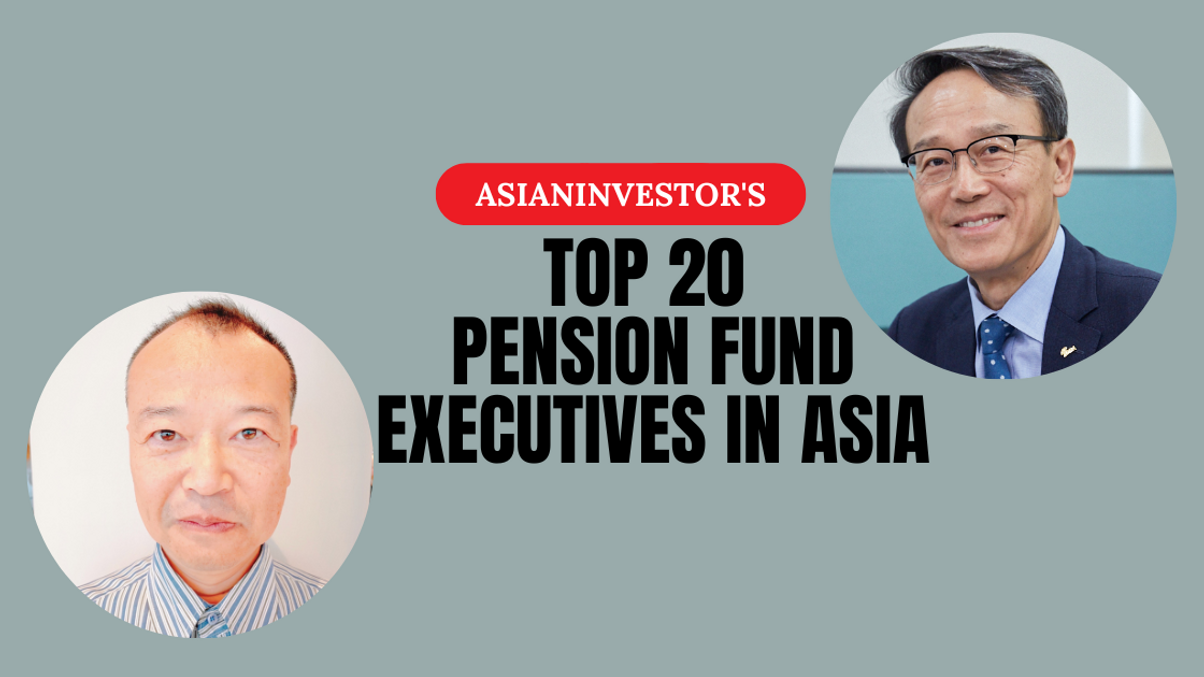Top 20 pension executives: Yoshisuke Kiguchi, Huh Jang
AsianInvestor has identified 20 outstanding executives who are driving forward the region's pension industry. On day 6, we feature executives from Japan's Pension Fund of Japanese Corporations and Korea's Public Officials Benefit Association.

AsianInvestor's Top 20 pension executives in Asia list showcases an array of senior executives, from CEOs and CIOs to heads of responsible investing and equity chiefs -- change-makers who are leading the industry with their forward thinking and innovative practices.
Sign In to Your Account
Access Exclusive AsianInvestor Content!
Please sign in to your subscription to unlock full access to our premium AI resources.
Free Registration & 7-Day Trial
Register now to enjoy a 7-day free trial—no registration fees required. Click the link to get started.
Note: This free trial is a one-time offer.
¬ Haymarket Media Limited. All rights reserved.


